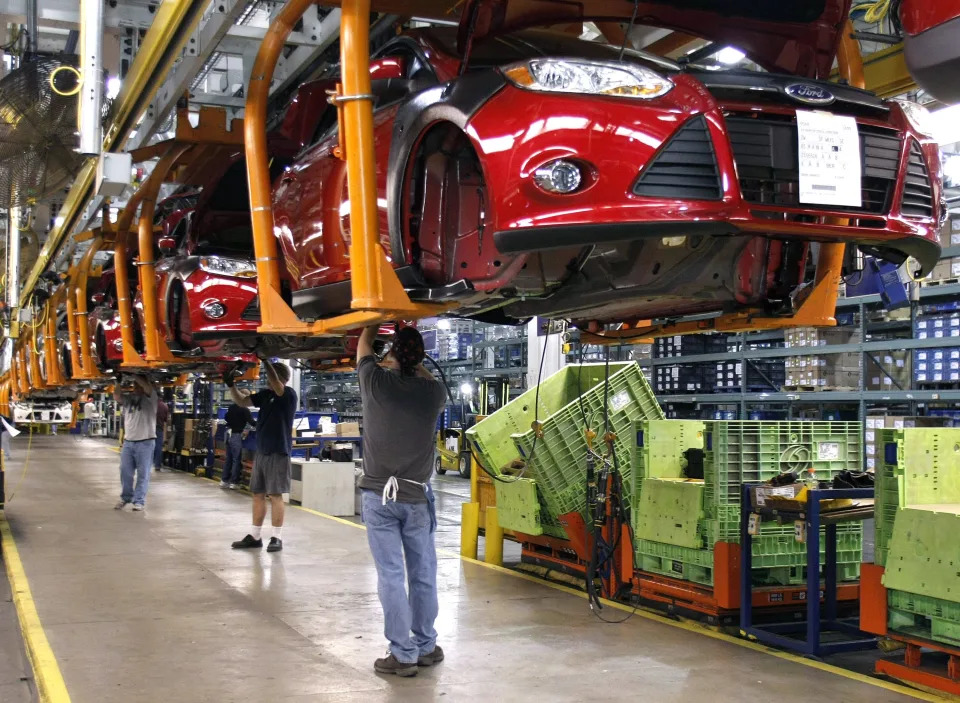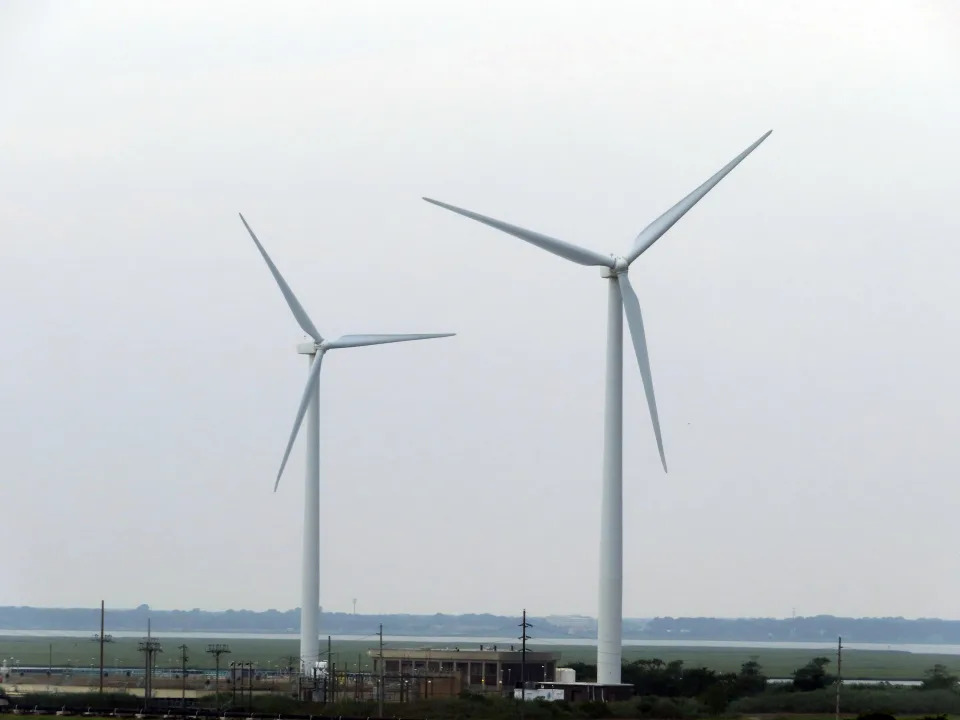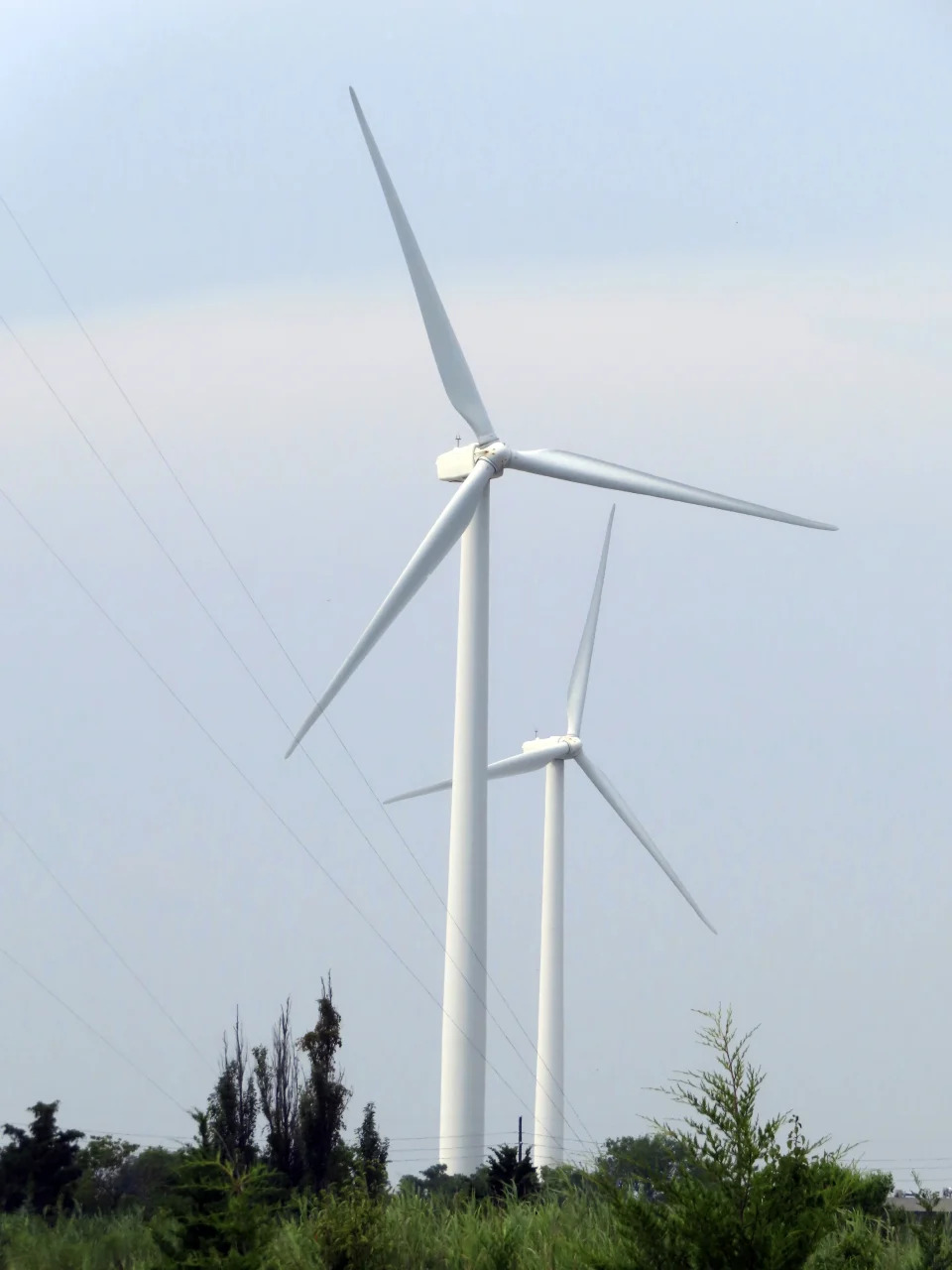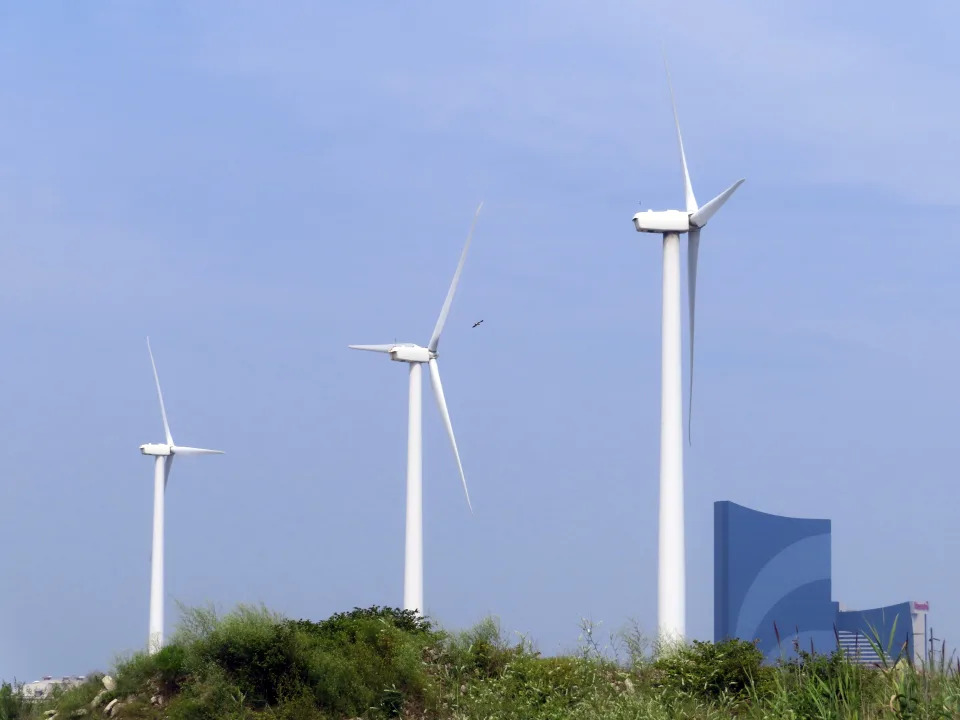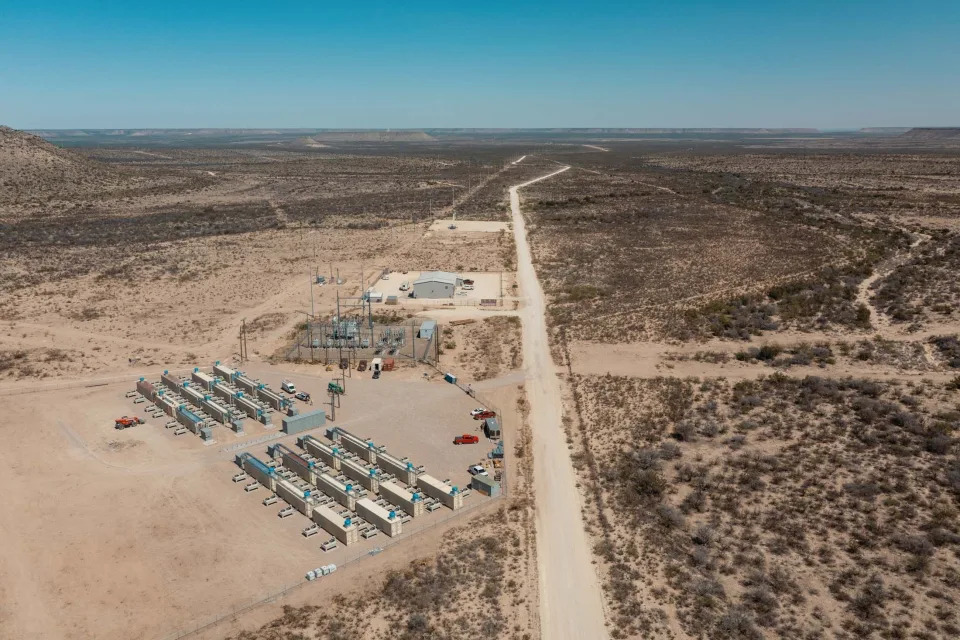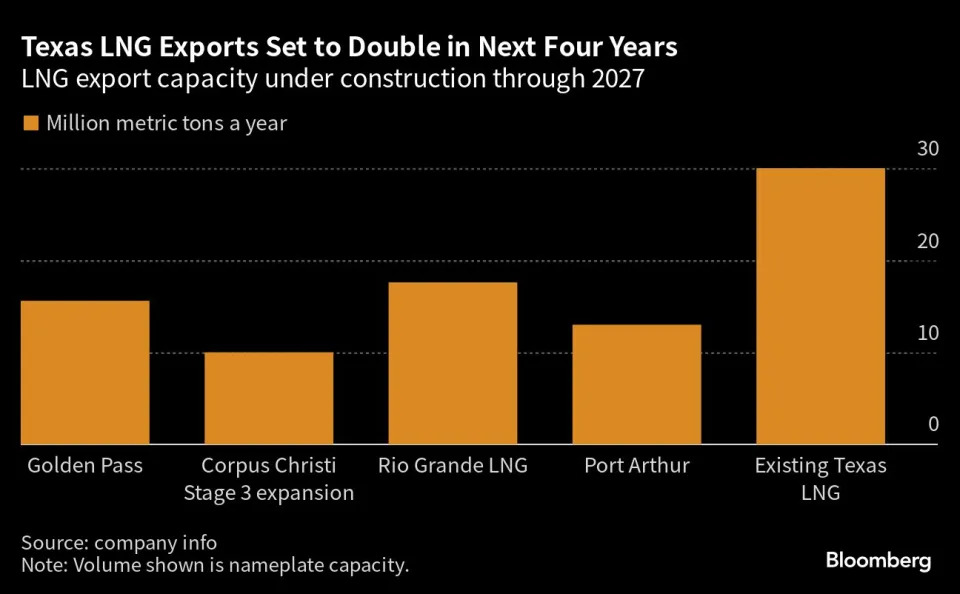HONOLULU — In the last three weeks, Hawaii’s electric grid has made headlines for horrifying reasons. Early evidence indicates that power lines owned and maintained by for-profit utility Hawaiian Electric sparked the ferocious brush fire that killed at least 115 people and destroyed the historic town of Lahaina in early August. The fire’s cause has not been determined officially, but the county of Maui and several other groups are suing the company, and its stock price and credit rating have plummeted.
That tragedy has understandably eclipsed a quiet but significant anniversary: One year ago, Hawaii shut down its one remaining coal plant, with a plan to replace its electricity only with renewable energy projects.
That milestone broke new ground in the clean energy transition because no other state had attempted to eliminate coal without building new fossil gas plants. Hawaii sought to show that renewables and batteries are ready to take over from the most carbon-emitting power plant fuel. It’s worth taking stock of that journey; so far, the seas have been choppy, even before the Maui tragedy. But the undertaking has demonstrated how small-scale clean energy can solve problems when big clean energy projects fall behind.
Proving it’s possible to leap from coal to solar
The AES coal plant in the industrial hub of West Oahu churned out cheap electricity for 30 years, starting in 1992. Oil-burning plants supplied most of Oahu’s power, then and now, so the long-term coal contract hedged against oil-price volatility and pushed electricity prices down. Unlike mainland states, Hawaii had no natural-gas supply for its power sector; in 2015, then–Governor David Ige (D) rejected a gas importation proposal and signed the nation’s first law mandating a full transition to renewable electricity. The legislature doubled down in 2020 with an order banning new coal-power contracts.
What happens in Hawaii can feel distant from the mainland, but the absolute and relative scale of Oahu’s exit from coal rendered it a proof of concept for the broader transition to clean energy. The coal plant had supplied 16% of peak power for Oahu’s 1 million residents; that’s more than the total population of several other states, but Oahu’s grid also powers a constellation of U.S. military bases and a major Pacific shipping hub. If the plan to switch to renewable energy went well, it would demonstrate that today’s clean energy technology is ready to leapfrog fossil gas, long hailed as a “bridge fuel” necessary for balancing the ups and downs of renewable power production.
Now, a year after the plant shuttered, Oahu hasn’t quite proven that theory. The full fleet of large solar and battery plants summoned to replace the coal plant still hasn’t materialized, except for two projects that developer Clearway Energy managed to complete. Utility Hawaiian Electric had to lean on its legacy oil-fired plants to fill the gap, just as oil prices reached painful heights due to Russia’s invasion of Ukraine. Instead of cheaper bills, the coal closure left customers paying more, at least temporarily.
Hawaiian Electric declined to comment on the impacts of the coal shutdown while focusing on Maui restoration efforts.
In an email to Canary Media, State Senator Glenn Wakai (D), who now serves as majority floor leader, called the coal shutdown “a monumental mistake by lawmakers” in light of how rates went up for Oahu customers (back in 2020, the mandate passed the Senate unanimously).
On the positive side, Hawaii did succeed in exiting coal. In the past year, AES has decommissioned the plant and is moving forward with dismantling it, said Sandra Larsen, who serves as the company’s Hawaii market business leader. Crucially, the lights stayed on during this shift.
“There has not been a single blackout related to the coal plant closure,” said State Representative Nicole Lowen (D), who worked on the effort as chair of the Committee on Energy and Environmental Protection. “Time has shown that a lot of the fear-mongering was just that: fear-mongering.”
Electricity shortfalls were a real possibility, but Ige’s energy policy leaders worked overtime to salvage enough new capacity elsewhere. The rooftop solar sector, in particular, heeded the call for help and quickly rallied a decentralized fleet of batteries to assist the grid at key hours.
“We need to address climate change, but transformational change is difficult,” said Rocky Mould, executive director of the Hawaii Solar Energy Association. “I think we have the vision and we have the wherewithal, and our industry has proved gritty and resilient to be able to address these challenges.”
The transition from coal still isn’t complete, though, and the political dynamics have already shifted. Governor Ige left office last year, and several of his key allies on clean energy have been forced out of their roles by legislators capitalizing on public frustrations around energy price hikes. Current Governor Josh Green (D) supports the renewable energy push, but he ran on Hawaii’s housing and affordability crisis as his signature issue; early in his administration, it remains to be seen what kind of political capital he’ll invest in pushing the energy transition along.
Instead of an easy win for clean energy, Hawaii’s exit from coal offers a cautionary tale of the complexity of pulling off a well-executed transition from fossil fuels. It requires unprecedented coordination among the public and private sectors, utilities and clean-energy entrepreneurs. And success depends on political leadership to provide cover when things don’t go according to plan. In an era of global pandemics, sudden land wars and jaw-dropping climate disasters, clean-energy planners should expect to be surprised.
Still waiting on big solar, batteries
When the coal plant shut down, Hawaiian Electric was still waiting on a slew of large-scale solar and battery plants it had signed contracts for to fill the gap. That wait continues: Hawaiian Electric rode into the coal shutdown with just one new solar-plus-storage plant online, Clearway Energy’s Mililani project. These delays meant that the coal plant closure sent prices up, not down, hitting customers in their pocketbooks.
Absent the full force of clean energy reinforcements, Hawaiian Electric kept the lights on in September 2022 by burning more oil at the legacy plants that still provide the majority of the island’s electricity. The utility passes on fuel costs to its customers, meaning the people of Oahu became even more exposed to oil-market volatility.
Jay Griffin, Hawaii’s lead utility regulator at the time, had raised the alarm about this dubious fallback plan in March 2021, decrying the risks for customers and the adverse climate impacts of switching from coal to oil. That warning proved all the more prescient the following year when Russia invaded Ukraine, pushing oil prices through the roof.
There were many ways to avoid this outcome. If Hawaiian Electric had aggressively pursued solar power earlier, it would have protected itself against fuel-cost surges. This isn’t fanciful thinking: The locally owned cooperative that generates power for Kauai did just that, and its customers pay less for electricity that’s more than twice as clean as Hawaiian Electric’s. If the utility had managed its big solar buildout more expeditiously, or if third-party developers hadn’t encountered such debilitating Covid-era supply-chain hangups, the outcome would have been different. The chart below shows how Hawaii's residential electricity prices have fluctuated since January 2021.
As it happened, only Clearway Group and its battery supplier Wärtsilä delivered before the coal deadline, and they followed up with another project completion in Waiawa early this year.
Plus Power’s 185-megawatt stand-alone battery at Kapolei, down the street from the discontinued coal smokestacks, is still winding through commissioning now. This project, intended to maintain grid stability in lieu of the coal plant, is expected online early in the fourth quarter of 2023, per the developer.
The next biggest outstanding project for Oahu, from Hanwha affiliate 174 Power Global, is now slated to begin operating in 2024. AES, having shuttered its coal plant, will complete its West Oahu solar-storage project in a few months, and then two more Oahu projects next year, Larsen noted.
The Covid supply-chain constraints have faded, but developers still contend with the complexity of gaining access and permits to build on Hawaii’s scarce and precious acreage. As Larsen put it, “Growing partnerships and prioritizing local relationships is critical to advancing this work with the community.”
Governor Ige pushed projects along with his cross-cutting Powering Past Coal task force, which gathered all the key energy-sector players monthly to take stock of the latest clean energy delays and find ways to lubricate the gears. That body met for the last time in October and has not resumed under Green’s auspices, removing a key institution for expediting the sluggish installation schedule.
Green’s administration is pursuing a slew of federal funding opportunities to enhance grid resilience, electric vehicle charging, energy efficiency and energy affordability, noted Hawaii’s Chief Energy Officer Mark Glick in an email. The state’s Hydrogen Hub proposal is still pending with the U.S. Department of Energy. The state energy office is also working with community colleges “to create an adequate supply of well-trained clean energy professionals needed to effectuate Hawai’i’s energy transition,” Glick said.
Distributed solar and batteries fill the gap
Throughout the year, while large solar and battery developments foundered, Oahu’s distributed solar companies proved they could deliver quickly to avert a crisis.
Utilities and grid planners tend to dismiss small, customer-sited solar and batteries as a sideshow to the real business of running an electric grid. In Hawaii, that stance is harder to justify, because the combined forces of the state’s rooftop solar arrays produce far more power than its utility-scale clean energy plants. Hawaiian Electric reported more than 100,000 distributed energy systems hooked up in its territory as of mid-August; these small customer-sited devices produced 46.6% of the utility’s renewable generation last year. Large wind trailed at 19.1%, and large solar only made 13.8%.
“We have a really high penetration of distributed rooftop solar here,” said Mould of the Hawaii Solar Energy Association. “When there was an emergency need brought on by the closing of the coal plant in our transition, we were able to tap those resources, to get value out of those resources that were there.”
Mustering the latent power of thousands of home solar systems required a new incentive structure. When it became clear that the big solar plants wouldn’t arrive in time, Griffin’s Public Utilities Commission fast-tracked approval for Battery Bonus, a program to pay customers thousands of dollars for storing their rooftop solar production in batteries and sharing it with the grid at the hours of greatest need. Originally, the goal was to install 50 megawatts of residential battery capacity; that got amended to 40 megawatts by an enrollment deadline of the end of October.
Oahu had 26.5 megawatts of capacity enrolled in Battery Bonus by July 1, about one year into the program. Installers are hustling to sign up the remaining customers before the window of opportunity closes.
That’s not a huge number in absolute terms, but it easily ranks among the largest fleets of residential batteries being used to meet peak demand on an American grid. Vermont utility Green Mountain Power’s network of home batteries has reached that capacity after building up since 2015. And 27 megawatts is bigger than a couple of the outstanding solar-paired battery projects Oahu is waiting on, and approaching the scale of a couple more. Then again, this network of little batteries is delivering more power than all of the larger projects that don’t yet exist.
Large-scale renewables promise better economics and considerable firepower, but that’s only if they actually materialize. Solar on homes and businesses didn’t run into the same land-use concerns that held back their more massive counterparts.
“I think utility-scale assets could have provided those services, but there are challenges to interconnecting large-scale resources,” Mould said. “There are land constraints on Hawaii, so we should be really looking to maximize our available roof space, canopies over parking lots, places that are already spoken for.”
The particulars of the Battery Bonus program might not be replicated elsewhere, but it’s a case study in how simple design enhances the speed of execution. To qualify for the incentive, battery systems need to be hard-wired to discharge power during the two-hour peak window every night when the sun gorgeously descends across the watery horizon and solar production dips out. No need for fancy controls and real-time response to market signals — the batteries do the same thing every day, shifting clean power to a time that’s guaranteed to be high-demand and carbon-intensive.
Now the commission is hashing out a permanent distributed energy policy to succeed Battery Bonus in compensating residents for helping the grid. Another priority is to clear permitting bottlenecks so that multifamily homes can access solar and storage, Mould added. The legislature also recently designated $50 million for the Green Infrastructure Authority to lend to lower-income households seeking solar power.
Political fallout leaves the future energy strategy unclear
Now two major sources of uncertainty loom over Hawaii’s energy transition: Many of the key players behind clean energy action thus far have left the scene, and the tragic fires on Maui have fundamentally altered the state’s priorities — and Hawaiian Electric’s prospects.
Ige’s lieutenant governor, Josh Green, became governor late last year. As a fellow Democrat, he offered political continuity, but several policymakers shepherding the clean energy transition left their positions in the changeover.
First, Ige himself is out, after eight years of putting real heft behind his clean energy agenda. He blocked natural gas, stopped mainland utility NextEra’s bid to acquire Hawaiian Electric and signed the law to achieve 100% renewable power by 2045. When the utility fell behind in its project management of the coal replacement projects, he empowered his Chief Energy Officer Scott Glenn to get things back on track with the coal task force.
That task force came about because lead utility regulator Jay Griffin, who holds a doctorate in clean and distributed energy, did the math and realized Hawaiian Electric’s clean energy buildout wasn’t on track. But Griffin chose not to seek confirmation for a second term as chief regulator, perhaps sensing the political retribution that such a move would incur. Griffin’s fellow regulator Jennifer Potter also left her post last fall, after ushering in a first-in-the-nation smart rate policy through rulemaking.
Glenn went up for the lead job in Hawaii’s Office of Planning and Sustainable Development, but after he easily cleared a committee vote, powerful Senate leaders intervened and scuttled the confirmation with a tie vote — one member fled the scene rather than cast the deciding vote. After Glenn fought to save the coal closure which the legislature itself had mandated, his opponents publicly blamed him for the high energy bills that ensued. Local press noted that Glenn’s takedown doubled as “payback time” for his refusal to hand out favors to a politically connected but economically and environmentally dubious biomass plant on the Big Island.
Green’s administration has vowed to continue the clean energy journey. But the individuals who did so much to smooth the exit from coal no longer have an official say in what happens next.
Now the climate-change-fueled disaster on Maui demands the full attention of political and utility leadership. It’s unclear how much time or resources they’ll have to bring the current clean energy projects to fruition, or to lead the next wave of decarbonization.
